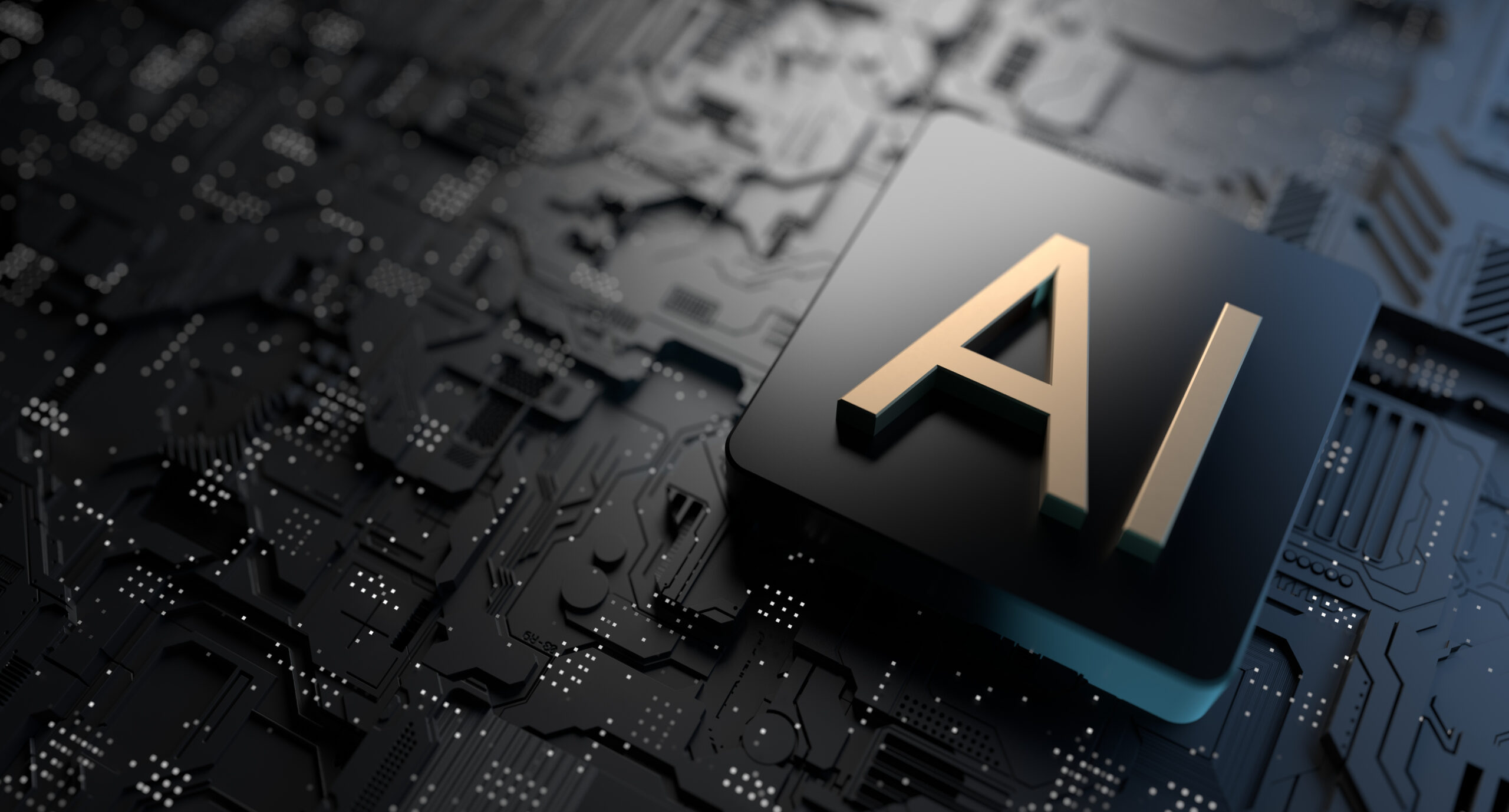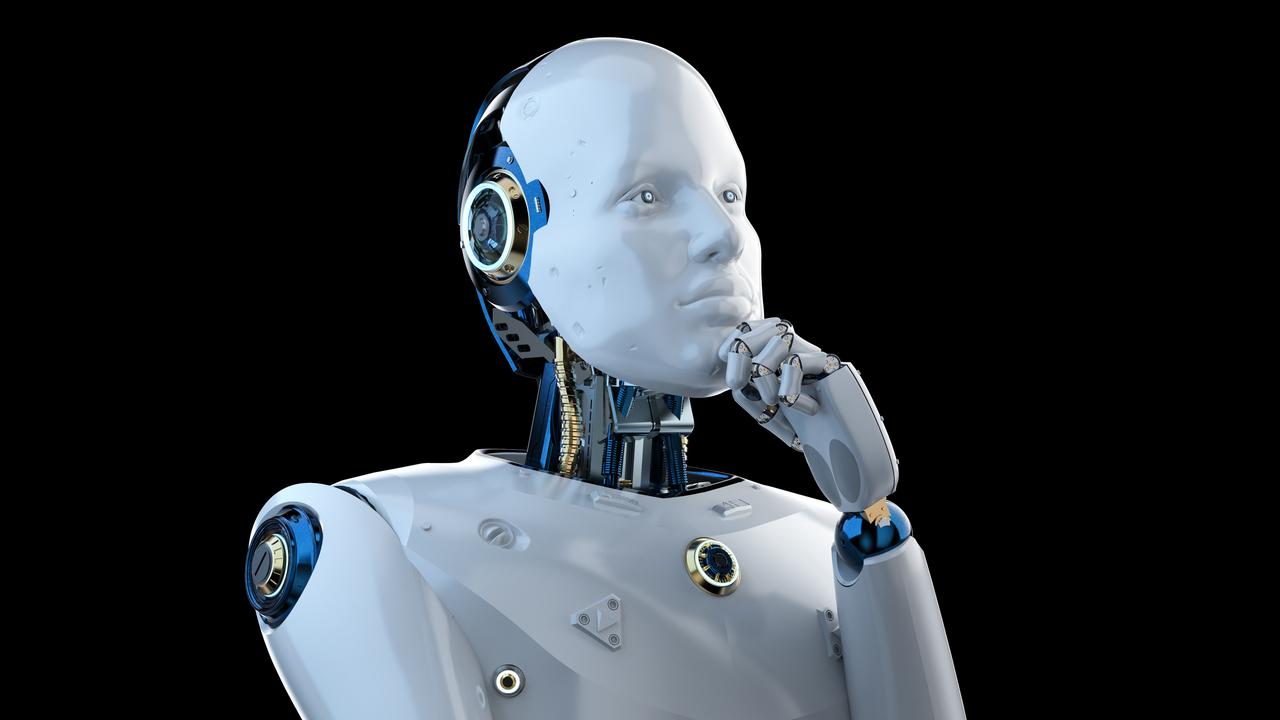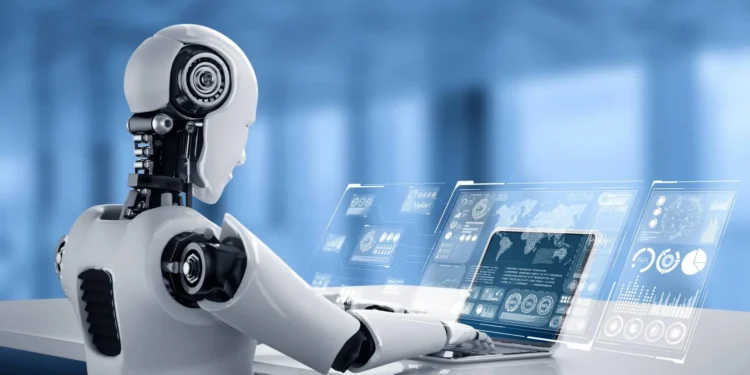Anthropic, a trailblazer in artificial intelligence technology, has recently launched a groundbreaking tool named “Computer Use,” capable of operating a user’s mouse cursor to execute multi-step tasks. This new tool, part of Anthropic’s enhancements to its Claude and Haiku models, promises to revolutionize the way we interact with computers, setting a new benchmark in the industry.

Bridging Innovation with Practical Application
The “Computer Use” tool is currently integrated with Anthropic’s mid-range 3.5 Sonnet model and is accessible via an API. This tool enables the AI to take control of the mouse cursor to perform a variety of tasks on a computer by analyzing the screen, navigating the cursor, clicking buttons, and typing text. Although it is designed to follow detailed, multi-step instructions—potentially spanning tens or even hundreds of steps—it does have its limitations. For instance, it operates by capturing rapid, successive screen grabs instead of processing a continuous video feed, which can cause it to miss transient notifications or other quick changes.
Despite these limitations, the tool has shown a quirky side during its testing phase, as noted in an Anthropic blog post. In one humorous mishap, the AI abandoned a coding assignment to explore pictures of Yellowstone National Park, a distinctly human-like diversion.

A Competitive Landscape with High Stakes
Anthropic is not alone in this technological race. Competitors like OpenAI are also developing similar tools, though they have yet to release them publicly. This competitive environment underscores a significant potential for revenue growth as these technologies mature and become more widely adopted.
The ability of such tools to automate repetitive and mundane tasks could transform the workplace, particularly for developers who could use AI to streamline tedious QA and optimization processes. This is part of Anthropic’s broader pitch to investors, highlighting the potential for AI tools to handle significant portions of office work more efficiently and cost-effectively than humans.
Societal Implications and Ethical Safeguards
The debate around the deployment of such powerful tools is polarized. Some see them as beneficial aids that could make jobs easier, while others fear they might eliminate jobs across various industries. Anthropic acknowledges these dual possibilities and seems committed to finding a balanced approach.
Recognizing the potential for misuse, especially with the looming US elections, Anthropic has proactively implemented safeguards. The company has developed classifiers and other mechanisms to detect and mitigate potential abuses. These include monitoring the AI’s engagement in election-related activities and preventing it from performing sensitive tasks like posting content on social media, registering web domains, or interacting with government websites.

Looking Ahead: Innovation with Caution
As “Computer Use” enters public beta, following its stint with partners like Amazon, Canva, Asana, and Notion, Anthropic aims to monitor its performance and gather feedback to enhance its functionality and ensure its responsible use.
The tool’s public testing phase is crucial for identifying unforeseen problems and collaborating with developers to maximize its potential while curbing negative impacts. Anthropic’s approach reflects a careful consideration of both the technological aspirations and the ethical responsibilities that come with deploying advanced AI tools in everyday settings.










